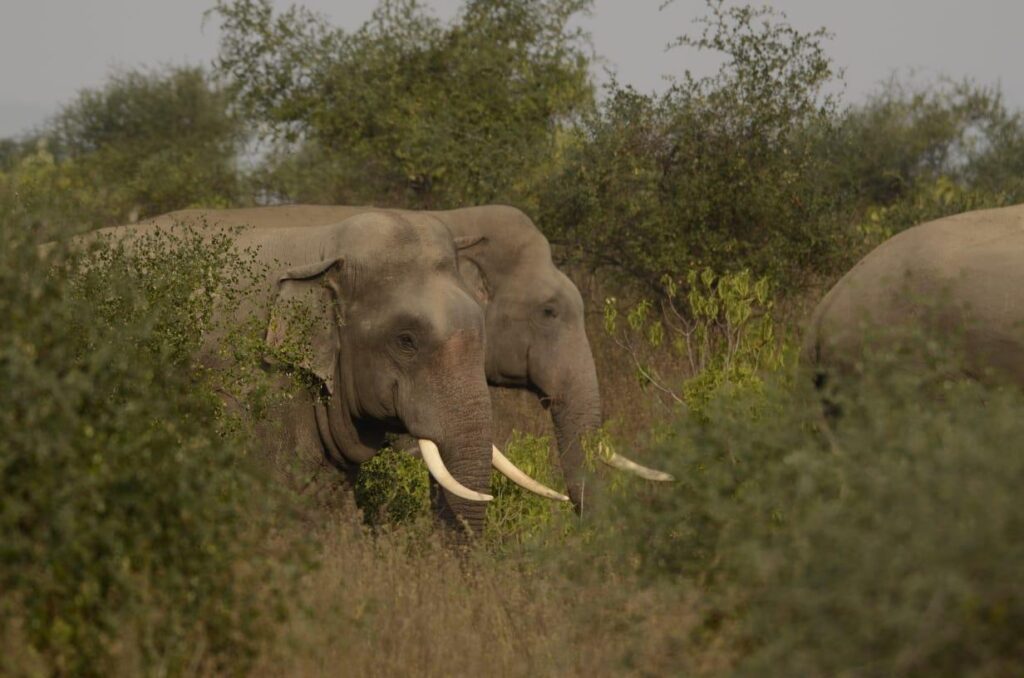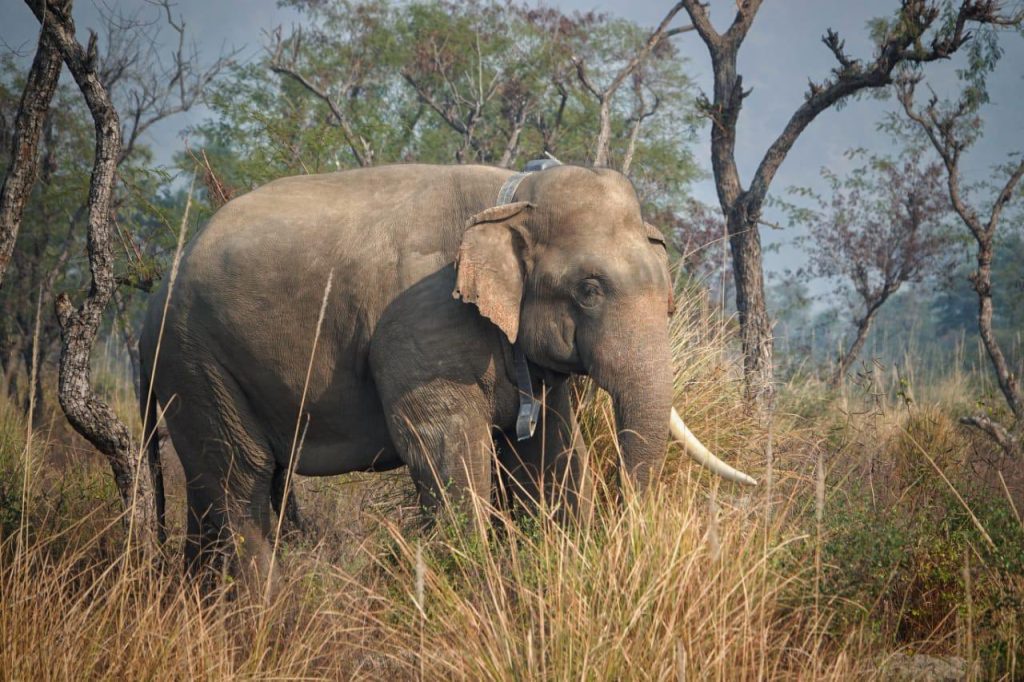Today, 12 August 2022, the whole world is celebrating the jumbos and spreading awareness about the need to protect and preserve this magnificent animal. World Elephant Day is being celebrated this year with the theme, ‘Bringing the world together to help elephants’. The day emphasizes the importance of elephants in the ecosystem and on raising awareness of the dangers that they encounter in their lives. India houses around 60 percent of all Asian elephants in the world which also brings up the responsibility to conserve them.
On the occasion, PM Narendra Modi took to Twitter to laud the efforts of all stakeholders in the protection of elephants. Further, he wrote that the success in elephant conservation should be taken in a larger perspective in minimizing the issue of human-animal conflict and to integrate the local mass and their traditional wisdom.
On #WorldElephantDay, reiterating our commitment to protect the elephant. You would be happy to know that India houses about 60% of all Asian elephants. The number of elephant reserves has risen in the last 8 years. I also laud all those involved in protecting elephants. pic.twitter.com/E1BnabkWUz
— Narendra Modi (@narendramodi) August 12, 2022
Uttarakhand has seen a 10 percent rise in the total elephant population in the past five years, for which the wildlife enthusiasts have applauded the conservation efforts of the state forest department. However, the disturbances in elephant corridors and issues relating to human-animal conflict are far from over in the state. The state has seen several instances of accidents and human wildlife conflicts in the past, due to which, both sides have been facing the consequences.
The Forest Department of Uttarakhand is, hence, taking proactive steps to provide a safe environment to these mega herbivores.
RISE IN POPULATION
According to the last census in 2020 of the state forest department, the state has 2026 adult elephants in comparison to the 2017 census when the numbers stood at 1839.
In the 2001 census, the number of elephants stood at 1507, which increased to 1582 in 2003, 1510 in 2005, 1346 in 2007, 1559 in 2012 and 1797 in 2015 census.
While speaking with Indian Masterminds, the current Principal Chief Conservator of Forest (PCCF) Uttarakhand, Vinod Singhal, IFS, said, “The population growth of any wildlife animal like an elephant depends on the habitat. If there is a sufficient or an appropriate habitat, it can then sustain a certain number of populations of the animal. This further lands under the concept of carrying capacity of the habitat. We do take up studies of the carrying capacity of different habitats and also consult various wildlife experts from the World Wildlife Institute (WII). If there is a spillover population, it further leads to human-wildlife conflict, which is another challenge for us.”
FOLLOWING TRADITIONAL ROUTES
The mighty pachyderms are generally considered as long-ranging animals who cover hundreds of kilometres, mostly during their seasonal migration. There are 11 elephant corridors linking the isolated elephant habitats in the state, with all of them carrying human imprints. These disturbances occur in the form of human settlements, encroachments, infrastructure such as roads/railway tracks, mining, biotic pressure like cattle grazing, firewood extraction, etc., and severely affect movement of elephants. Hence, this things lead to human-elephant conflict situations in these areas, which further negatively impact both elephants as well as the humans.
Mr. Singhal said, “Elephants mostly follow their traditional routes, which they walk on for hundreds of kms during seasonal migration. The government’s development work carried out in their corridors result in human-elephant conflict. Therefore, the maintenance and conservation of the corridors become a priority.”

He added that in cases of such development work that is carried out in their tradition routes of migration, they propose underpass/overpass to avoid accidents and any other contact between the elephants and humans. One among the many underpasses has been built on the Haridwar-Dehradun highway on Teen Pani beyond Laal Tappad, which has provided an ease of movement for the elephants.
Also, now the National Board of Wildlife take into consideration whether there is any blockage in corridor passage and alternate suggestions are advised, which is further complied by the highway authorities.
ADOPTING TECHNOLOGY
Railway movement in elephant habitats is one of the major threats to elephants across the range states in India. In Uttarakhand alone, around 21 elephants have become casualties due to railway accidents in the last two decades. However, a successful intervention has been carried out in the Rajaji National Park, where no elephant deaths due to train accidents have been recorded since 2002.
Mr. Singhal said, “The railway track between Haridwar and Dehradun passes through the Rajaji National Park which is full of elephant population. In the past, there have been cases of accidents, due to which, the forest department has adopted various technological tools as to get an alarm whenever the elephants are near the track. This is how we managed to avoid such type of accidents in the railway tracks.”
Apart from this, radio collaring technique has been taken up in sensitive areas of the state. The forest department managed to do a successful run in the Maha Kumbh at Haridwar where the movement of the elephants is studied. After monitoring it, when the department gets to know about elephants entering the city, they are chased back to the forest areas. This has also helped in controlling the human-animal conflict in the state.
In conclusion, Mr. Singhal pointed out that the local communities should be educated and made well aware about how to live in harmony with the wildlife, as this it will help in reducing human-animal conflict cases in the state.
































